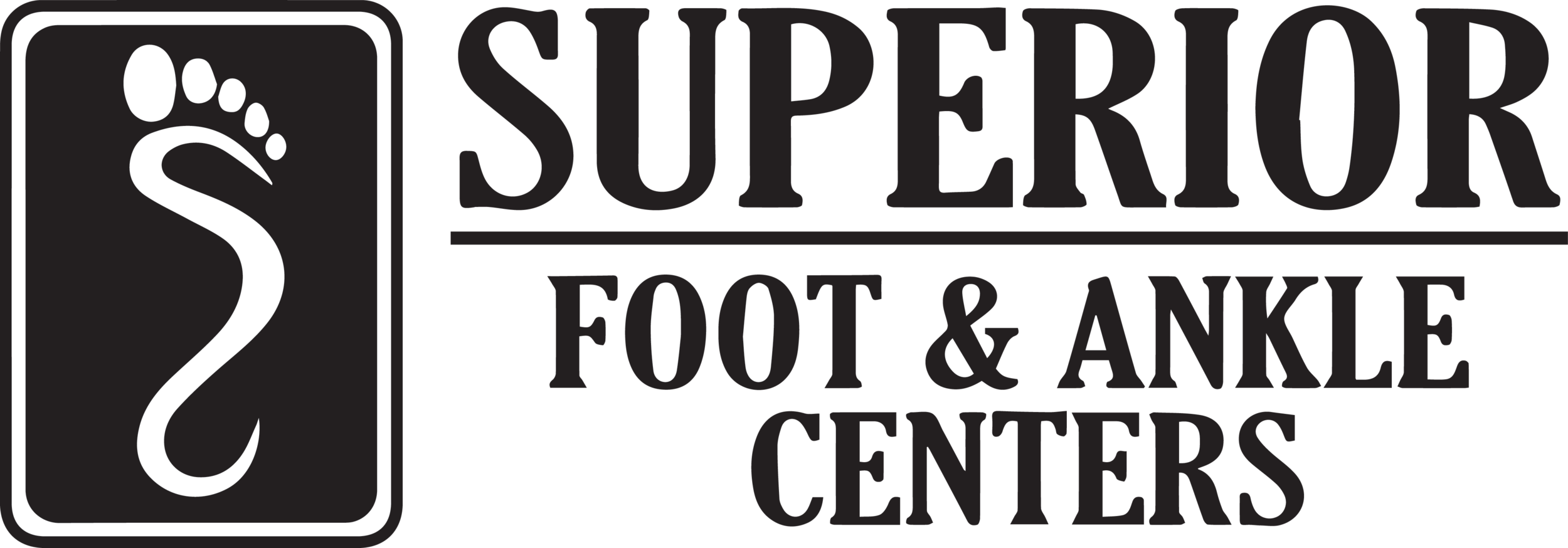Flatfoot Deformity in Children
Parents are often concerned about their child’s flattened foot structure. As a toddler, the rounded contour of the toddler’s foot masks the bone structure. With maturity, you see the arch develop. What is an abnormally low arch? Will a child always “grow out of it”? Sometimes not, resulting in the pediatric, then adult, flatfoot deformity.
Specialists agree there can be serious consequences to the flat foot type in the adult. Does it develop sometimes earlier? Clearly it does. But generally, children do not verbalize pain. They may just limit their activities. There can be many symptoms with a severe flat foot, but not called “pain”. May ask to be carried more, prefer sedentary activities, or have difficulty keeping up with their fellows. Many believe growing pains are simply a problem of bad foot architecture leading to poor biomechanics. But there many long term consequences to flat feet in kids.
The consequences in the adult range from heel pain to degenerative changes in the knee. Numerous structures can be affected, including various joints, tendons and nerves. It is believed a majority of knee replacements could be avoided if the feet, which is the foundation of the knee, were better aligned during development and early adulthood.
Treatment used to consist of prescribing of orthopedic shoes. Nowadays, the first therapy attempted is often an arch support. But better control of foot motion is possible with a prescription device, which can limit abnormal flattening, and excessive rolling in of the heel. Various surgical options exist, which usually involve the cutting of bones, then repositioning them. These are traumatic procedures, with a real potential for serious complications.
There is a different approach: the insertion of an implant in the joint below the ankle, the sub-talar joint, which blocks abnormal motion of the joint. The improvement can be significant, with few complications.
Specialists believe it is a mistake to assume a child will grow out of an excessively flattened foot structure. Don’t depend on a declaration of symptoms from your child. Your offspring’s future well-being may depend on it.
